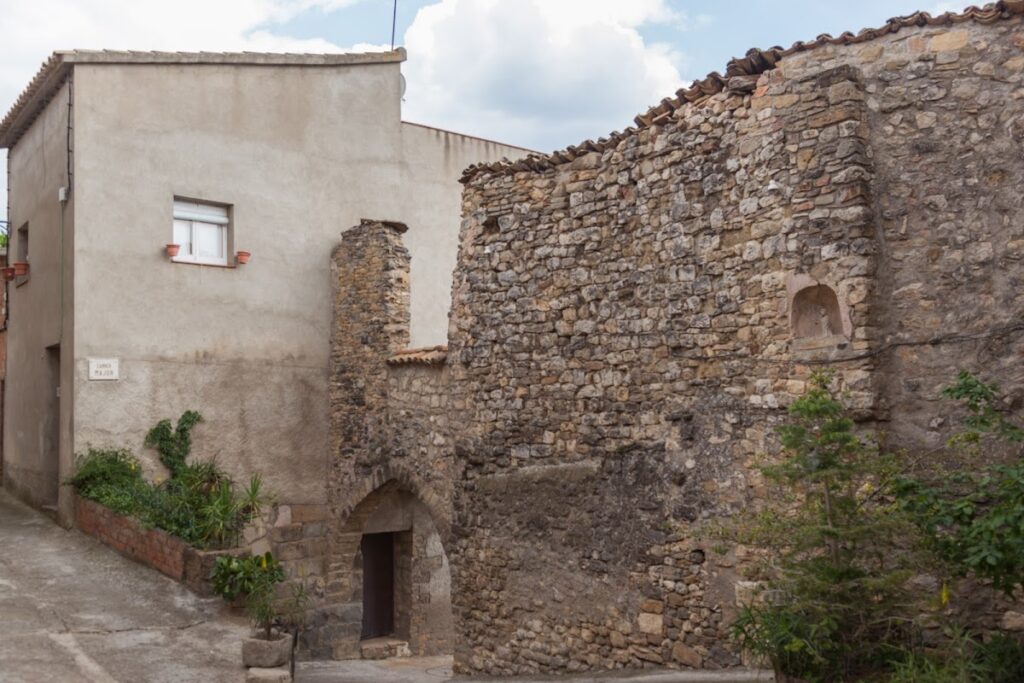Llimiana: A Medieval Fortified Enclosure in Spain
Visitor Information
Google Rating: 4.6
Popularity: Very Low
Google Maps: View on Google Maps
Country: Spain
Civilization: Unclassified
Remains: Military
History
The fortified enclosure of the town of Llimiana is situated in the municipality of Llimiana, Spain. Its origins trace back to the medieval period, when it formed part of the complex network of fortifications built by the nobility controlling the Pallars region.
The earliest recorded mention of the Castell de Llimiana dates to the year 954 AD. At that time, Ermengol I, who would later become Count of Urgell, ceded control of the castle to Ramon II, Count of Pallars. Throughout the late 10th and early 11th centuries, the castle and its surrounding settlement appear in several documents, underscoring its importance in the local feudal structure. In 1055, a significant transfer occurred when Ramon V of Pallars Jussà handed over the castle and town to his in-laws Arnau Mir de Tost and Arsenda, nobles who were influential in the region’s military and political affairs.
Ownership of Llimiana shifted through several noble families in the following decades. The heirs of Arnau Mir de Tost and the Meià family held the site at various times, while the superior lordship remained linked to the Counts of Urgell. Eventually, in 1086, the Counts of Pallars Jussà secured permanent control of the castle, consolidating their authority over the area. By the beginning of the 13th century, Arnau de Llimiana governed the castle and took part in religious patronage, notably making gifts to the monastery of Sant Miquel de Cellers, highlighting the castle’s role not only as a military outpost but also within ecclesiastical networks.
During the 15th century, the castle found itself embroiled in regional conflicts. It served as a strategic stronghold during a rebellion against King John II of Aragon, with the rebel leader Marxicot using Llimiana as a base. Following this turbulent period, governance shifted again in 1481 when the Catholic Monarch Ferdinand granted the castle and town to Juan de Luna. However, by 1487, the property had reverted to direct royal control, indicating changing political circumstances in the region.
Throughout the early modern period, the castle and its fortified enclosure remained under the domain of the Spanish crown. Into the 18th century, local administration was tied to the Marquis of Llo, who held the honorary position of perpetual mayor. The territory of Llimiana also became integrated into wider noble structures, entering the newly formed Marquisate of Camarasa in 1330 before being sold back to Pallars nobles in 1426. The castle’s position allowed it to control southern access points to the Pallars region, overseeing vital routes along the Noguera Pallaresa river valley and the Gavet river valley, with the Castle of Mur standing opposite across the river, together guarding this important passage.
Remains
The remains of the fortified enclosure at Llimiana reveal the layout of a medieval settlement enclosed within defensive walls, positioned strategically at the northern edge of the town. This placement allowed the castle to oversee approaches from the south and east, particularly from the direction of Tremp and through the valleys formed by the Noguera Pallaresa and Gavet rivers.
Today, the castle itself is almost entirely lost, with minimal structural evidence surviving above ground. What endures mainly are portions of the defensive walls that once surrounded the town, outlining the form of a closed fortification designed to protect the community within. These remnants illustrate the defensive strategy employed in the region during the Middle Ages, where fortified enclosures functioned both as military strongholds and as centers of local governance.
The fortification’s strategic location is underscored by its control over key access routes to the Pallars territory from the south, complementing the Castle of Mur situated on the opposite bank of the Noguera Pallaresa river. Together, these two castles provided a gatekeeping presence, overseeing river crossings and valley passages that were vital for movement and military operations in the region.
While specific architectural details such as construction materials, gates, staircases, or decorative elements have not been documented, the surviving defensive walls affirm the site’s role as a fortified village with a cohesive enclosure. These vestiges remain an important physical reminder of Llimiana’s significance during medieval times as both a military and administrative center.







